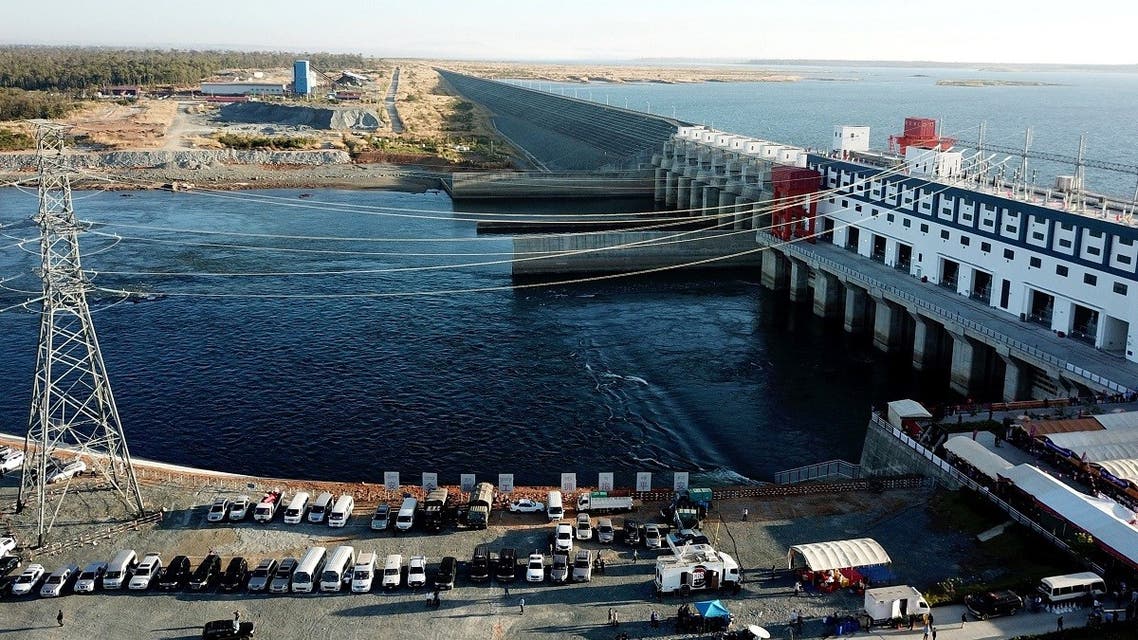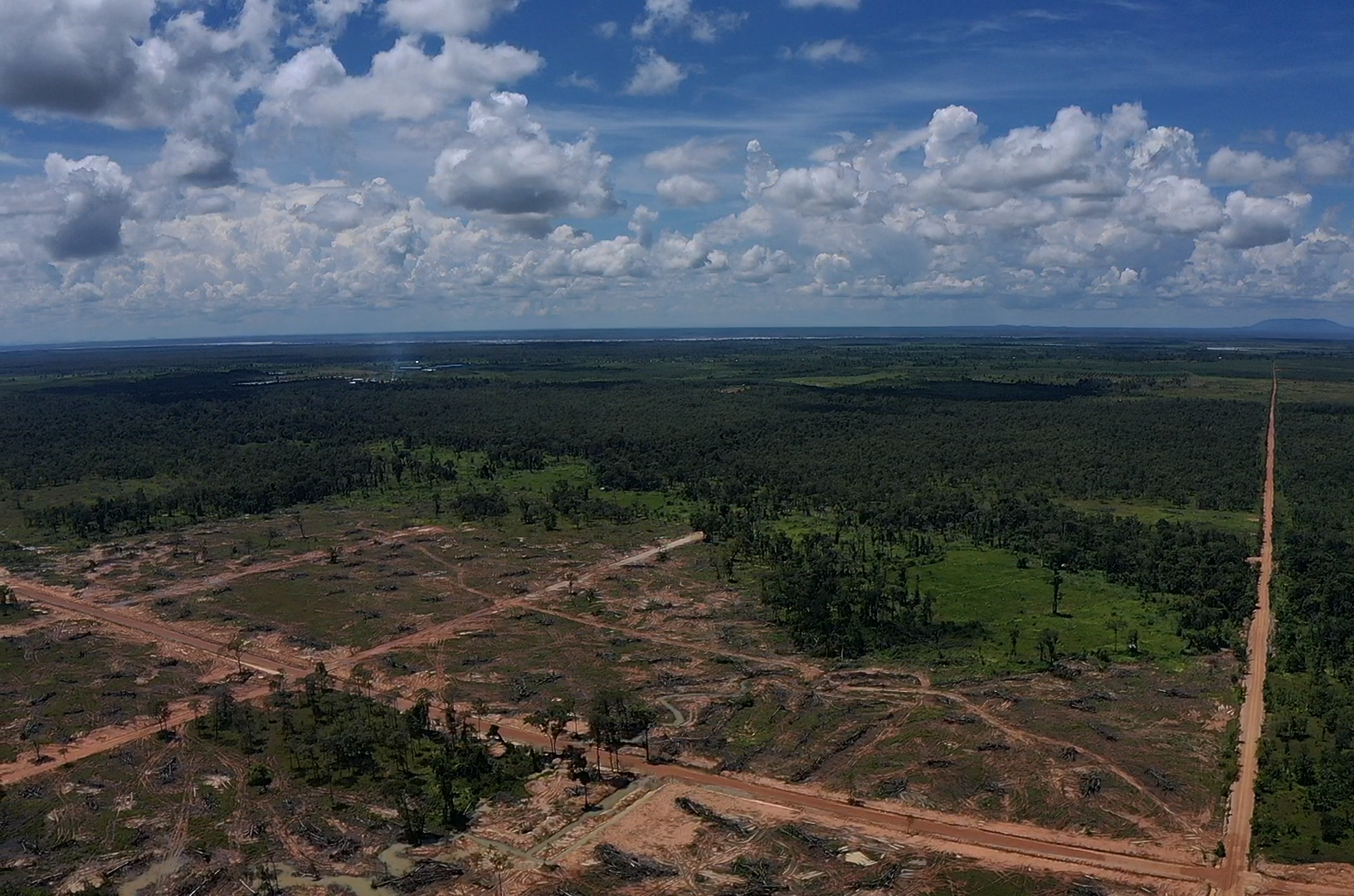Kbal Romeas Community: Struggling To Protect The Land
The Lower Sesan 2 (LS2) hydropower dam is the first large-scale dam built on the Sesan River in Cambodia. It will change the natural flow of the Sesan and Srepok rivers, the two main tributaries of the Mekong, and lead to changes in water quantity, the fishery, and sediment. Although the LS2 dam was officially opened by Prime Minister Hun Sen on 25th September 2017, the gates were gradually closed day by day. This has led to the flooding of two villages, Srekor and Kbal Romeas, where villagers have refused to resettle. Even though the two villages have been flooded, the villagers have demanded to continue living in their original villages of Srekor and Kbal Romeas.
The official water level in the LS2 dam’s reservoir was 74.93 meters on October 20th, 2017. Based on recent updates by local people in early November 2017, there are still 146 families, with a total of 700 people, still living in the two villages (38 houses, 58 families, and 252 people in Kbal Romeas, and 72 houses, 85 families, and 448 people in Srekor village). Srekor village was totally flooded by 18th October 2017 and it was later reported that the water level was 7 meters deep at the village temple by early November 2017. Some villagers have moved to their farmhouse and some others to camping tents in a safe area that is located about 4 kilometers from the original village. Kbal Romeas village was also flooded, but not as badly compared to Srekor village. As of early November 2017, the water level was 1.3 meters deep at the temple of Kbal Romeas. Villagers have moved their livestock, including cows, buffalos, pigs, and chickens, and heavy equipment to a safe area which is located about 7 kilometers from the original village. This means that the villagers in Kbal Romeas can still stay in their original houses, but they have to use boats for transportation to land.
The reservoir of the LS2 dam has submerged the rice fields of local communities. As reported by local villagers, at least 45 hectares of rice belonging to 30 families in Srekor village and at least 24 hectares of rice fields belonging to 12 families in Kbal Romeas village were completely destroyed by the flood. Losing their rice fields means losing their livelihood. This is a big concern for these communities who are worried that they will face a food security problem. A villager in Srekor village said that “We have food but this food would be enough just for two more months, so after that, we may have nothing to eat. We depend on our fields’ harvest but now all fields are flooded, so we don’t know what to do to get food, or we all will die.” Some villagers have already been faced with hunger, as some of their food was submerged by the flood. They are also uncertain if the customary sharing of food to needy villagers can be sustained when the situation reaches a point where there is insufficient food for all of the villagers.

Besides food security concerns, local communities in these two villages are also faced with health problems such as diarrhea, stomach aches, fever, cold, inflammation, and skin disease (experiencing itchy skin). Since 18th October 2017, the water level continues to rise day by day and there is no clean water and sanitation provided to these communities by local authorities or local NGOs. Local people are using water harvested from the rain or water collected from the river or nearby stream for drinking, but this practice is not sustainable in the long term due to the ending of the rainy season. The prolonged submergence of the area, and the decay of materials such as trees and plants in the water, will cause a reduction in water quality. Therefore, the drinking water sources that the villagers and animals depend on will no longer be suitable for consumption and may cause further health problems. The Phnom Penh Post released an article on December 5th, 2017 about the shortage of clean water at Sesan, where people are facing shortages of potable water for drinking when dam’s reservoir is stagnant, not clear, and smells bad.
Other main concerns; 81 children have not attended school since 2015 because there were no teachers, and a young woman has died because there are no health services, a poor road, and long distance to the town for receiving public services.
Further, three members of a family of a leader and activist of the community were harassed by the local authorities and provincial court. They have been accused of incitement to commit a felony and obstruction of a public official because of efforts to organize a solidarity mobilization trip and to join their traditional festival on 23 July 2017. Now, three of the community representatives are still in Phnom Penh for their security. On 7 February our lawyer filed a request to the court to postpone the court appearance.
But while they rue their losses, some see a fragile victory
25 September 2017, Dam Inauguration Day. The prime minister Hun Sen allowed both effected communities to continue to live in their old village “They do not want to leave their land because they have their shifting cultivation farm so let them continue to practice traditional shifting cultivation and we just reserve the land and build the house for them in the new settlement in case they want to live here or go and back for their shifting cultivation,” said the prime minister. This was a strong message of the prime minister and helpful for the communities, and so the governor committed to respect this idea. On 9 February 2018, officials visited the effected communities and promised to respond and support the communities demands. The communal land title, public services and compensation were considered by the Deputy governor, but they need a community appointed NGO to work with them. Even though the community has seen the green light from the governor, they still do not trust local authorities and have concerns about the land title. This is because the community demand is for 8200 hectares, but the governor might consider only 900 hectares for communal land title. Based upon these concerns, the community needs help from CIPA to assist in pushing for the tentative promises to come to fruition. This must be done with transparency and must directly benefit the community. If they lose, they will have sacrificed everything for this long struggle.


